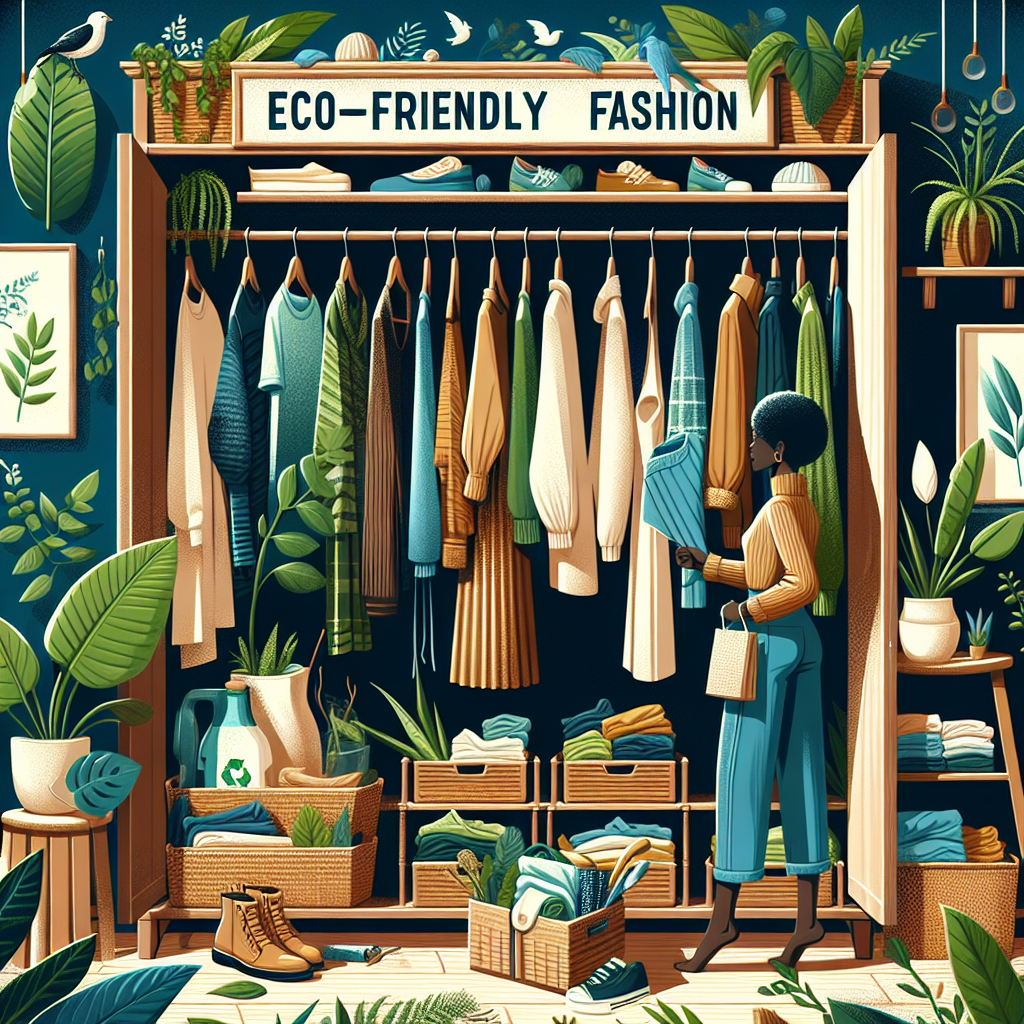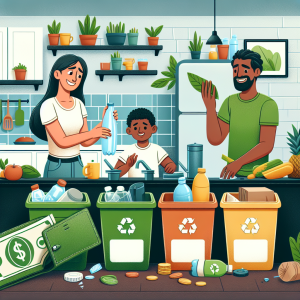In recent years, the spotlight has shone brightly on the environmental impact of the fashion industry. Fast fashion, characterized by cheap, trendy clothes that are mass-produced, has raised concerns about pollution, waste, and the exploitation of labor. As consumers become increasingly aware of these issues, many are looking to build sustainable wardrobes that reflect their values and contribute to a healthier planet. Here’s how you can join the eco-friendly fashion movement.
Understanding Sustainable Fashion
Sustainable fashion encompasses a wide range of practices aimed at reducing the environmental and social impact of the clothing industry. This includes:
- Ethical Production: Clothing made under fair labor conditions, ensuring workers receive fair wages and work in safe environments.
- Eco-Friendly Materials: Fabrics that are organic (like cotton, hemp, or linen), recycled, or made from sustainable sources.
- Reduced Waste: Techniques like upcycling, zero-waste design, and a focus on durability to minimize clothing waste in landfills.
- Conscious Consumption: Prioritizing quality over quantity and being thoughtful about purchases.
Steps to Build a Sustainable Wardrobe
1. Assess Your Current Wardrobe
Start by evaluating what you already own. A closet audit can help you identify pieces you wear frequently versus those that sit neglected. This will guide your future purchases and help you understand your personal style better. Consider donating or recycling items you no longer wear.
2. Choose Quality Over Quantity
Invest in timeless pieces that are versatile and made from durable materials. High-quality garments may be more expensive upfront but can save you money in the long run as they often last longer than their fast-fashion counterparts. Look for classic designs that won’t go out of style quickly, allowing for greater longevity.
3. Opt for Eco-Friendly Brands
Many brands now prioritize sustainability. Research companies that align with your values. Look for certifications such as GOTS (Global Organic Textile Standard), Fair Trade, or B Corp to ensure ethical practices. Notable brands in the sustainable fashion space include Stella McCartney, Reformation, and Eileen Fisher.
4. Embrace Secondhand Shopping
Thrift stores, consignment shops, and online platforms like Poshmark or ThredUp offer an extensive range of pre-loved clothing at reduced prices. Buying secondhand not only saves money but also extends the lifecycle of garments, reducing waste. Vintage pieces can add unique flair to your wardrobe.
5. Incorporate Sustainable Materials
When buying new clothes, pay attention to the materials. Opt for natural fibers like organic cotton, Tencel, or bamboo, which have a lower environmental impact. Avoid synthetic fabrics like polyester and nylon when possible, as they are often derived from non-renewable resources and can take centuries to decompose.
6. Mind Your Laundry
The way you care for your clothes also impacts sustainability. Washing clothes less frequently, using cold water, and air-drying can reduce your energy usage and prolong the life of your garments. Consider investing in a Guppyfriend bag to catch microplastics that shed from synthetic fabrics in the wash.
7. Repair and Upcycle
Learn basic sewing skills to mend or alter your clothes instead of discarding them. Upcycling can also transform worn items into something new and functional, reducing waste even further. Many online tutorials can guide you through these processes.
8. Practice Mindful Consumption
Before making a purchase, ask yourself if you truly need the item. Consider its versatility and how it fits into your existing wardrobe. One effective strategy is to implement a one-in-one-out policy, which encourages you to let go of an item whenever you acquire something new.
9. Support Local Artisans
When possible, support local artisans and small businesses that produce clothing sustainably. These businesses often have a smaller carbon footprint and contribute to local economies. Plus, you may find unique, handmade pieces that add character to your wardrobe.
Conclusion
Building a sustainable wardrobe is a thoughtful and rewarding journey. By making conscious choices about what you wear, you can reflect your values and contribute to a more sustainable future in fashion. Each small change, from purchasing secondhand to supporting ethical brands, adds up. Together, we can redefine the way fashion impacts our world—one outfit at a time. Embrace eco-friendly fashion and be part of the solution for a healthier planet.


